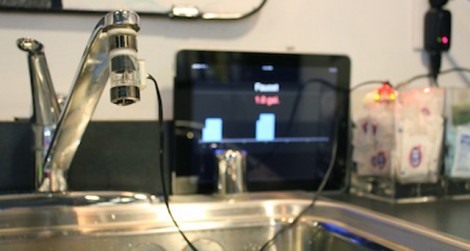
Last week we announced a Germany based design contest only accepting applicants from Europe, the Middle East, and Asia. Unfortunately, this left out one of the larger segments of our readers. After doing some scrounging around (and a helpful tip from [Flash Gordon]), we managed to find a similar contest run by STMicroelectronics, the makers of the Discovery board. This contest sounds familiar, with free Discovery Board for all approved applicants, and prizes for the most interesting and creative projects. Right now the official rules page seems to be missing, so you technically legally should probably wait to enter, but we can’t stop you. It looks like the official rules page is located here. Thanks to [Andee] for pointing that out. Also, it looks like if you live in Puerto Rico or Quebec, you are also out of this contest as well.
If you are from the EMEA area and missed the last contest, be sure to go back and check it out for your chance to win! Also, we love covering contests (especially ones that give out free kits to all contestants), are there any readers out there that know of a developer other than STM that is offering this kind of deal? We would love to hear from you!
















